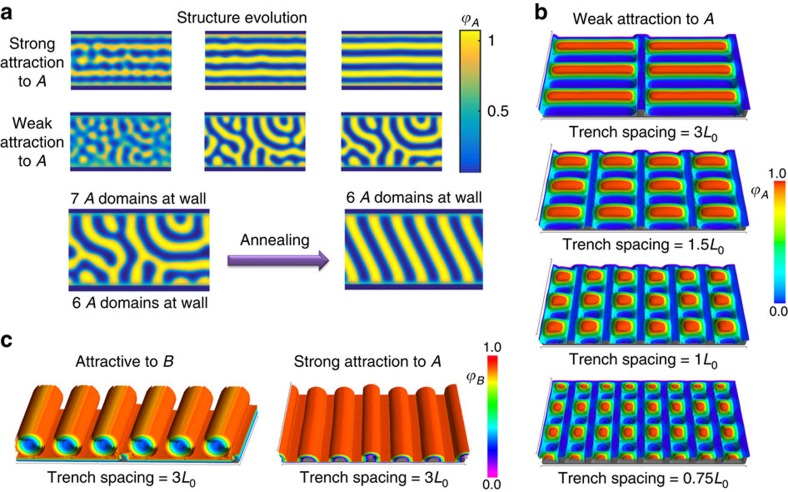Figure 4. SCFT simulation of the self-assembly of a diBCP under confinement.
(a) 2D model shows structural evolution under strong and weak surface attraction to polymer A (fA=0.5, χN=17). Strong attraction to polymer A creates a uniform wetting layer of A that forces the rest of the domains to lie parallel to walls. Weak attraction allows microdomains to emanate from surfaces towards the bulk. Trapped states result in concentric arches with large radii but annealing recovers the orthogonal lamellar structure. (b) 3D model (fA=0.27, χN=30) equilibrium isosurfaces of A (minority) density for weakly attractive topography showing orthogonal structure between trenches, independent of trench spacing. (c) Parallel isosurfaces of B density resulted when topography is attractive to B (majority) or strongly attractive to A. Top wetting layer in 3D simulations is removed to reveal structure. Computational cell is doubled to demonstrate trench periodicity. Dark grey substrate is added for clarity.

